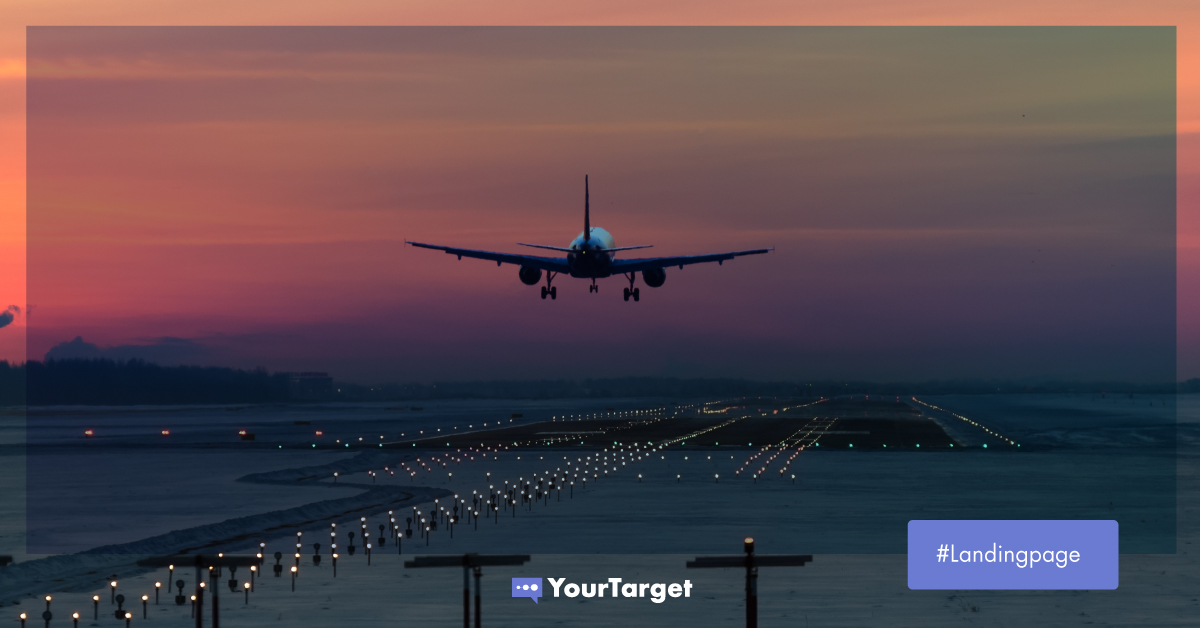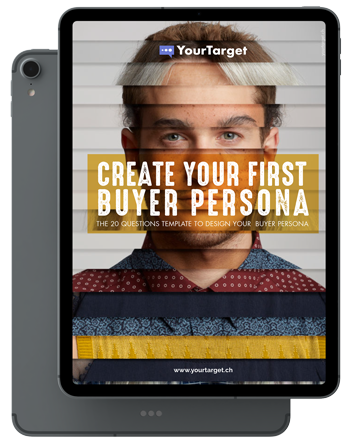Curious about how you can drive more conversions with paid advertising or digital marketing campaigns? You’ll need to know how to create an effective landing page.
Your landing page needs to impress the viewer straight off the bat. It needs to look fantastic and contain all the information necessary to convince the viewer to convert.
Unfortunately, it’s not as easy as it sounds.
There’s no guaranteed method for ensuring visitors take the desired action. However, there are some elements you can include to guide them towards that goal.
In this article, we’re sharing 6 essential elements your landing page needs to drive conversions.
What is a landing page?
In digital marketing, a landing page is a web page that exists to gather contact information from users and increase conversions. It’s where someone “lands” when they click a link shared in an email, on social media, or an advertisement elsewhere on the web.
Instead of encouraging users to explore your website, landing pages are designed to direct the visitor to a single call-to-action that’s relevant to your advertising or marketing campaign. For this reason, they won’t include things like internal links or other features that encourage distraction.
There are different types of landing pages that serve different marketing goals. For instance, lead capture pages might offer a downloadable resource in exchange for contact information, or a sales page might direct the user to purchase a product. The purpose of your landing page will depend on the goals of your marketing campaign.
So, how should you design your landing pages to effectively convert visitors? Let’s find out.
6 essential elements your landing page needs to include
Although landing pages share the same goal of increasing conversions, there’s no one-size-fits-all solution guaranteed to get results.
How you design your landing page depends on a number of factors including who your target audience is, your brand voice, and your conversion goal.
To create an effective landing page, you’ll need to do your research and spend some time thinking about how you can best appeal to your audience. What do you want the tone of the landing page to be? What design elements reflect your brand? What’s the end goal for visitors?
Although there’s not a template you can use to guarantee results, there has been a lot of research done about what makes a great landing page. Fortunately, there are a few key elements that all high-converting landing pages include.
1. A powerful and compelling headline
Just like other types of content, when designing a landing page your first port of call is to capture the visitor’s attention with a strong headline.
The headline should communicate clearly what you’re offering and why it’s valuable so that the user immediately knows why they’ve landed on this page.
It should be concise and catchy, saying what the reader needs to know in a few words. It can then be followed with a subheading that provides more detail or highlights what makes your offering unique.
Another thing to consider when writing a headline for your landing page is relevancy. Does it reflect what was promised to the user when they clicked the link? Does it make them want to continue reading to find out more about what you have to offer? Does it offer a solution to their problem?
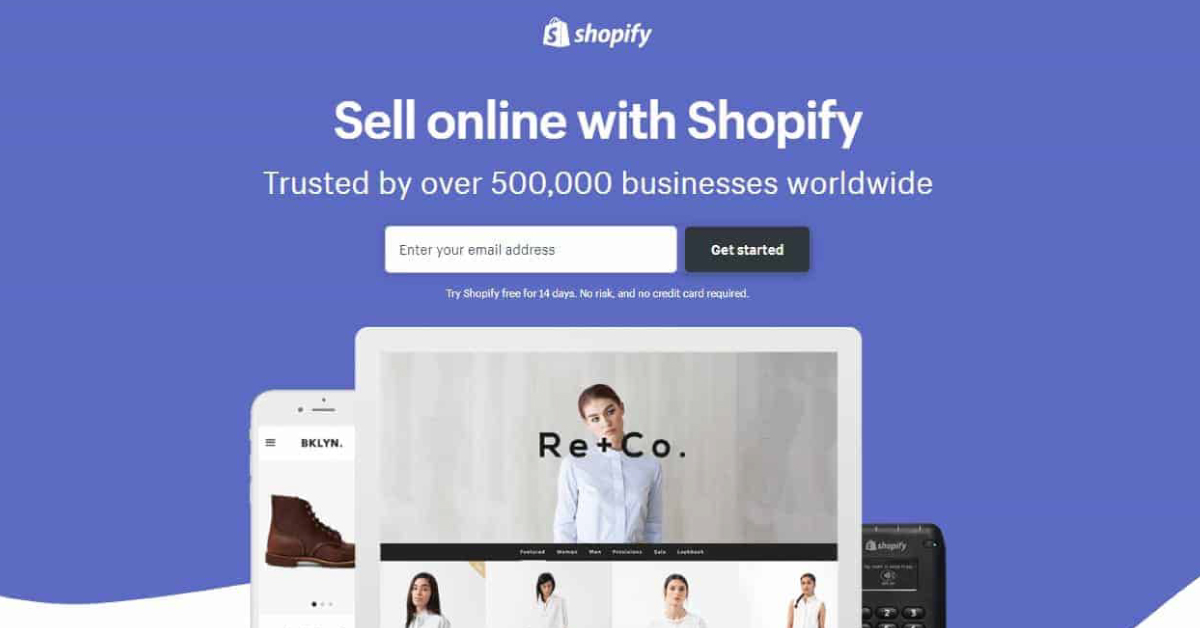
2. Striking imagery and media
How would you feel if you were directed to a webpage that featured solely text? Probably not intrigued to keep looking, right?
Be sure to liven your landing page aesthetic up with eye-catching imagery and media that depicts the product you’re offering, or is relevant to the idea you’re promoting.
Imagery and media can be used to break up the text on the landing page and further engage the visitor. Nowadays, we’re bombarded with imagery wherever we look, and visuals are an essential part of marketing—whether online or offline.
When choosing what imagery to include on your landing page, consider what’s appropriate for your target demographic and reflect their interests. Depending on your goals and offer, you might include photos, illustrations, graphics, or videos to enhance the visual aesthetic of your landing page.
Video is a current media trend that’s having a huge impact on landing page effectiveness. In 2021, 30% of the top landing pages feature video content. What’s more, embedding relevant video content has been shown to increase conversions by an astounding 86%!
You can include product demos, video testimonials, or videos that feature emotional cues to provide value to the viewer. Remember, the videos you feature should always encourage viewers towards a conversion goal.
3. Engaging copy
When crafting the copy for your landing page, be sure to choose your words very carefully. The text you include should be in line with your brand tone of voice. It should speak to your target audience and make clear what you’re offering. Don’t waste viewers’ time by waffling on so much that they get bored halfway through!
Your landing page copy should outline the specific benefits of your offering and how it can add value to the viewer’s life. They’ve clicked on the landing page and made it past the headline, now’s the time to drive the message home and convince them to take further action.
Whether you want the visitor to download an ebook, sign up for a free trial, or purchase a product—be sure that your copy is well-written, persuasive, and actionable. If copywriting isn’t your forte, consider hiring a reputable copywriter to work their wordy magic and take care of it for you.
4. Unique Selling Proposition (USP)
This is the part where you tell the reader what makes you special. Your USP sets you apart from the crowd. In today’s competitive digital business landscape, consumers want to know they’re choosing the best solution out there.
All of the copy on your landing page should reflect your USP. Describe the key benefits that you can offer the reader, describe what makes your offering special, and explain how it can help solve their problems or address their pain points.
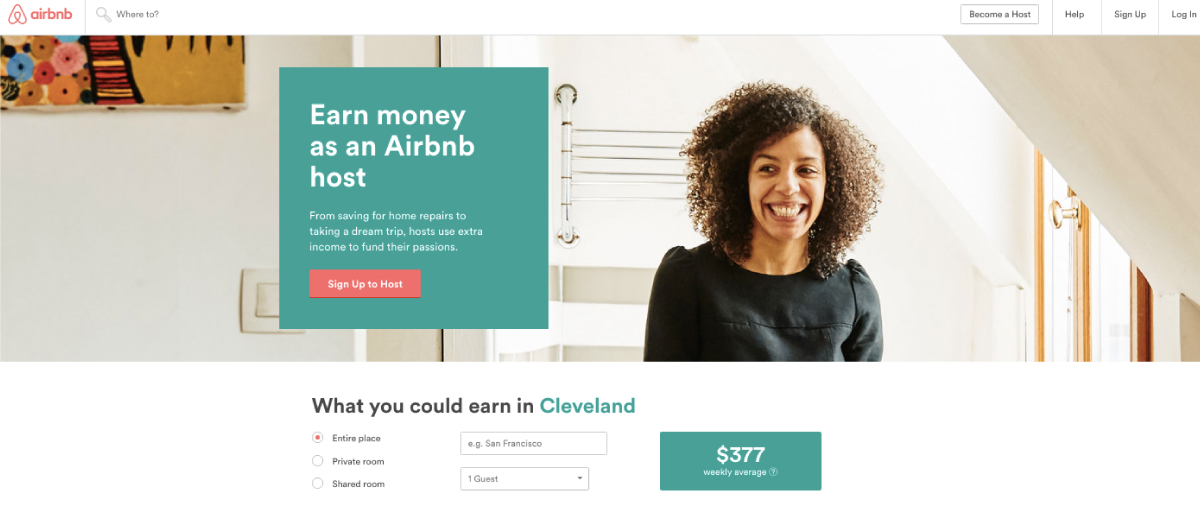
5. Social proof and trust indicators
Nowadays, consumers are faced with endless choices when it comes to the products, services, and brands available to them. Most people won’t book a table at a restaurant, buy a new product, or purchase a service without checking reviews on Google, Trustpilot, or Amazon.
Consumers want to ensure they’re getting the best for their money—and rightly so! Reviews can make or break a business and be the deciding factor in whether a user takes action or not.
By including social proof on your landing page, you can erase any doubt in the reader’s mind by adding credibility to your offer. Reading about the experiences of real people and companies can directly impact buying decisions. Social proof can be in the form of:
- Testimonials and reviews
- Statistical evidence
- Trust badges or customer logos
Another way to establish credibility is to include your contact details on the landing page. Seeing as landing pages mostly feature information about a specific offer, visitors might be skeptical as to whether you’re a real company. Including the company address, phone number, and social links can help to reassure them.
6. Call-to-action (CTA)
Finally, what it all boils down to—the call to action.
A CTA can be included as part of a lead generation form or featured as a standalone button on the landing page. The purpose of your entire landing page—and all the work you’ve done so far—is to get people to click this all-important button.
The CTA should stand out so that visitors know exactly what they need to do to get what they came here for in the first place.
If using a button design, use bold, contrasting colors to make it stand out from the rest of the page. Be sure to use actionable words like “buy now”, “start my free trial”, or “download now”. If your CTA is a form, keep it short and simple. People don’t want to tell you their life story, so only request essential information.
It’s also a good idea to include a data privacy assurance to reassure the reader that you’re GDPR compliant and they can trust you with their personal information.
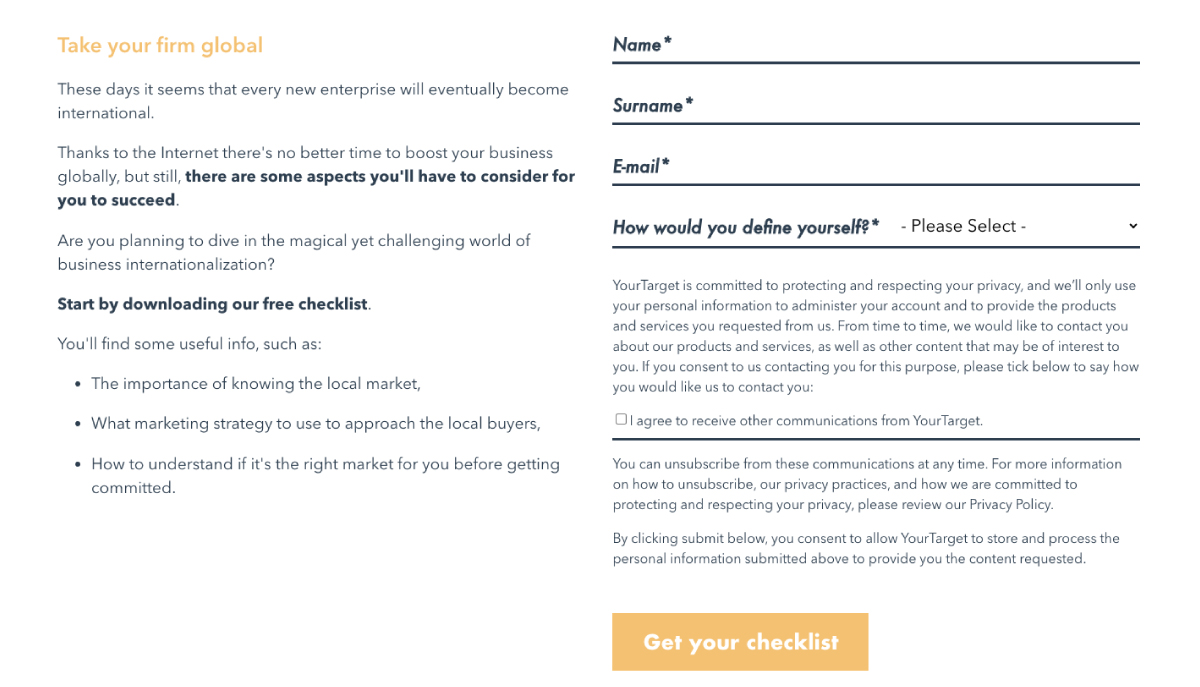
And that’s it! You’re ready to start generating and converting leads with a high-performing landing page.
Need help? Try Hubspot’s free landing page builder
If you’re feeling a bit overwhelmed at the prospect of designing a landing page, don’t worry. Hubspot’s here to help so you don’t have to go it alone.
Hubspot’s free landing page builder tool allows you to create and test professionally designed landing pages.
You can choose from a range of optimized and mobile-friendly templates or design your page from scratch. Then, personalize the landing page to reflect your brand with custom content, CTAs, lead generation forms, and more. Hubspot also allows you to tailor the landing page to individual visitors based on their location, the device they’re using, or their lifecycle stage.
After that, test your landing pages and find out which ones are performing best via the dashboard. You can also analyze its performance and identify how many visits and conversions the page is generating.
If you’re in need of some inspiration, check out these great landing page examples.
Final thoughts
Remember, there’s no guaranteed-to-convert landing page template that works for everyone. That being said, creating high-converting landing pages is an art that you can master with a little perseverance.
Ensure you include the six elements described in this article and you’ll be one step (or six steps, depending on how you look at it) closer to achieving your landing page conversion goals.
Looking for a simple way to manage your campaigns including landing pages, blog articles, email, and social media channels? Get organized and download our editorial calendar today.
